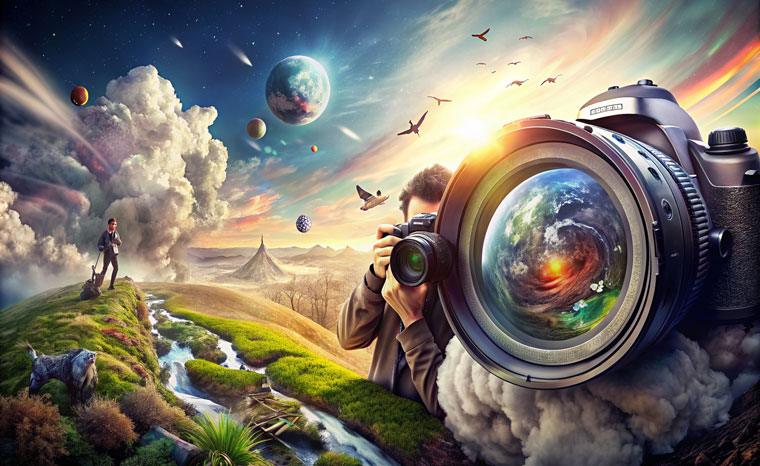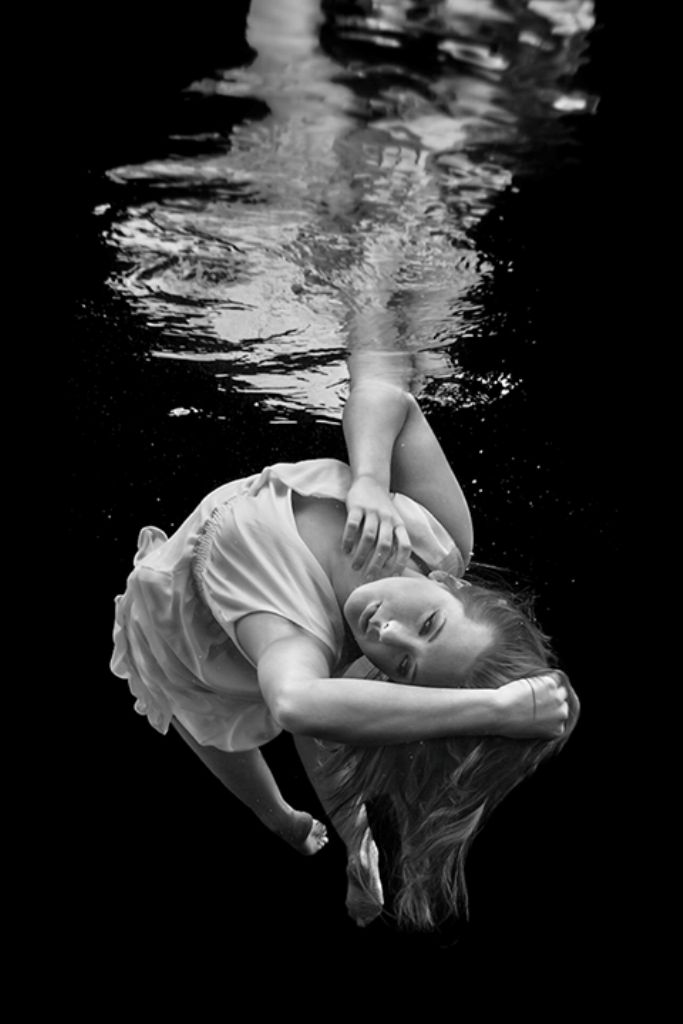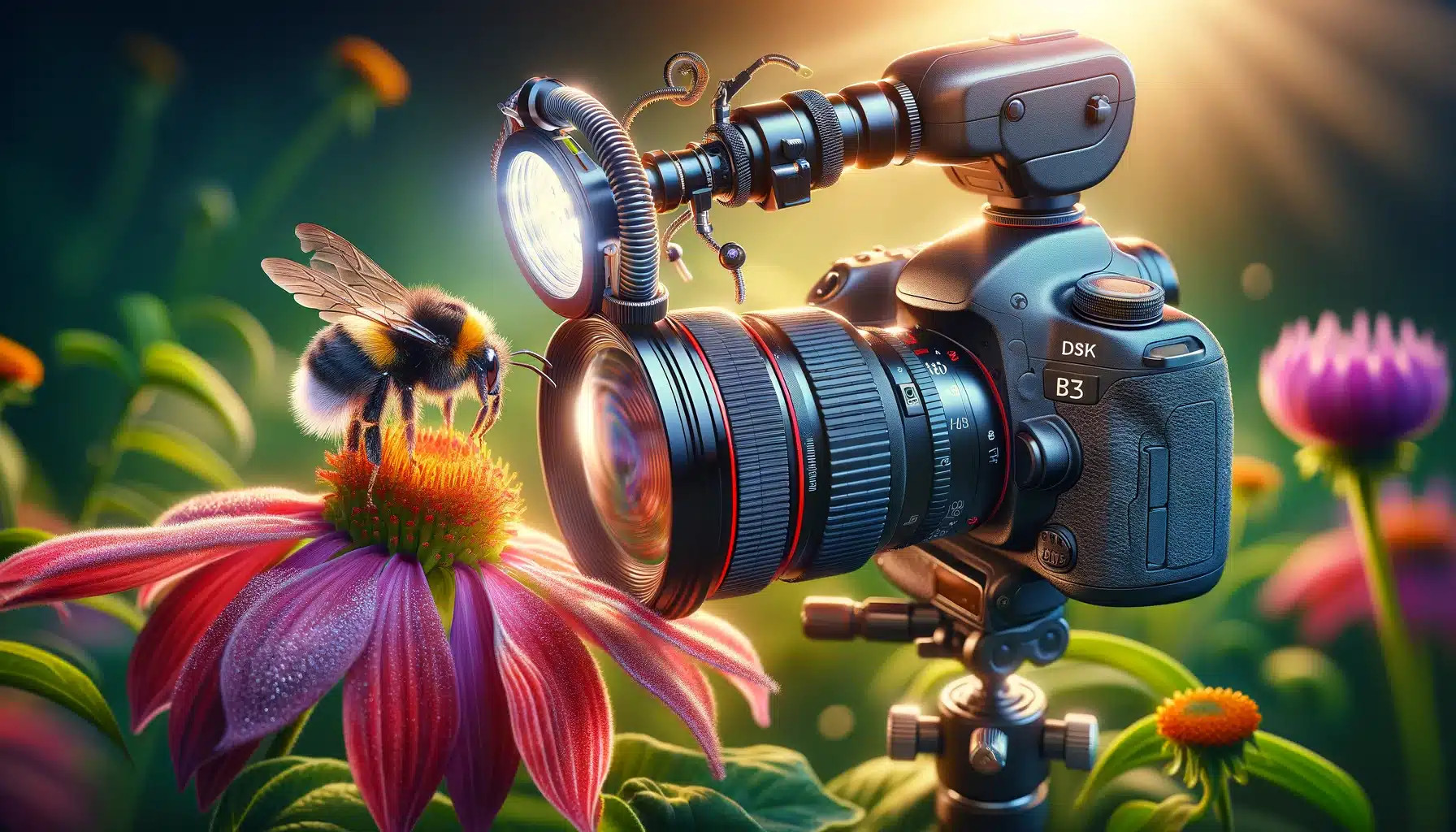Mastering the Art: Advanced Techniques and Current Trends in Photography

23-11-2024, 09:27 Admin 7 919 0
The evolving world of technology has, unsurprisingly, deeply influenced the realm of photography. The fusion of art and technology has birthed advanced techniques and newer trends, breathing fresh life into photographic creativity. This article aims to reveal these cutting-edge techniques while shedding light on the current trends in photography.
Firstly, let's dive into the advanced techniques that are setting unprecedented milestones. One notable technique is the focus stacking. This method, typically used in macro photography, cumulates various pictures taken at different focus distances to create a final image with greater depth of field. The result is an intensely detailed image that was unattainable by relying on a single shot method.
Another advanced technique gaining popularity is long exposure photography, especially in the field of astrophotography. New advanced CMOS sensors enable photographers to shoot clear images even in extremely low-light conditions, capturing ethereal photos of the nighttime sky that were unimaginable in the past.
The third technique surfacing is 360-degree photography, brought along by the advent of virtual reality (VR). Photographers can now create immersive experiences by capturing panoramic images from all directions. The images can then be compiled into an interactive sphere, allowing viewers to delve into the photograph, fostering a sense of physical presence at the scene.
Now shifting focus to the current trends, the first phenomenon to discuss is drone photography. The bird's eye view enabled by drones has transformed landscape and wildlife photography. Miniaturization of technology has made drones more portable and affordable, fuelling their popularity among photographers looking to snap that perfect aerial shot.
The second prime trend is the usage of artificial intelligence (AI). AI-infused editing software now uses smart algorithms to enhance image quality automatically. Companies like Adobe are using AI to introduce game-changing features, like sky replacement and object removal, allowing photographers to polish their captures effortlessly.
Lastly, it's important to mention the rise of mobile photography. Mobile phone cameras, powered by advanced lenses and sensors, are dwarfing the line between professional and amateur photography. They offer a simpler alternative to complex DSLR cameras, making photography more accessible than ever.
In conclusion, technology's accelerating pace widens the playing field for photographers, introducing advanced techniques while setting new trends. However, the most vital technique does not lay in the gadget's specifications; it resides in the photographer's creative vision. Embracing the technological flux while nurturing the artistic instinct is the true art of mastering photography.
Firstly, let's dive into the advanced techniques that are setting unprecedented milestones. One notable technique is the focus stacking. This method, typically used in macro photography, cumulates various pictures taken at different focus distances to create a final image with greater depth of field. The result is an intensely detailed image that was unattainable by relying on a single shot method.
Another advanced technique gaining popularity is long exposure photography, especially in the field of astrophotography. New advanced CMOS sensors enable photographers to shoot clear images even in extremely low-light conditions, capturing ethereal photos of the nighttime sky that were unimaginable in the past.
The third technique surfacing is 360-degree photography, brought along by the advent of virtual reality (VR). Photographers can now create immersive experiences by capturing panoramic images from all directions. The images can then be compiled into an interactive sphere, allowing viewers to delve into the photograph, fostering a sense of physical presence at the scene.
Now shifting focus to the current trends, the first phenomenon to discuss is drone photography. The bird's eye view enabled by drones has transformed landscape and wildlife photography. Miniaturization of technology has made drones more portable and affordable, fuelling their popularity among photographers looking to snap that perfect aerial shot.
The second prime trend is the usage of artificial intelligence (AI). AI-infused editing software now uses smart algorithms to enhance image quality automatically. Companies like Adobe are using AI to introduce game-changing features, like sky replacement and object removal, allowing photographers to polish their captures effortlessly.
Lastly, it's important to mention the rise of mobile photography. Mobile phone cameras, powered by advanced lenses and sensors, are dwarfing the line between professional and amateur photography. They offer a simpler alternative to complex DSLR cameras, making photography more accessible than ever.
In conclusion, technology's accelerating pace widens the playing field for photographers, introducing advanced techniques while setting new trends. However, the most vital technique does not lay in the gadget's specifications; it resides in the photographer's creative vision. Embracing the technological flux while nurturing the artistic instinct is the true art of mastering photography.
Related News
Leave a Comment


